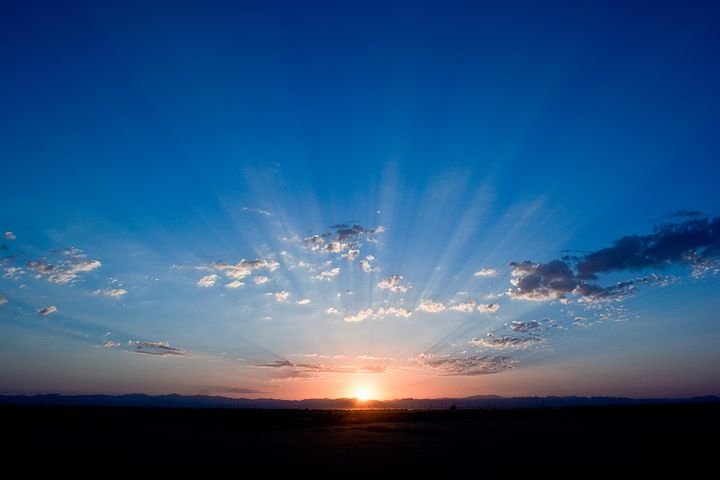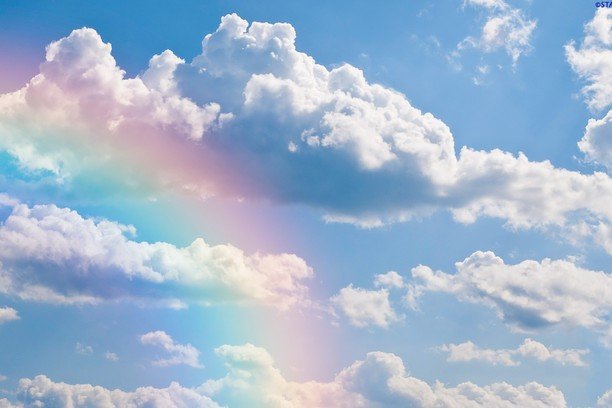The color of the sky ranges from dark indigo to orange or red at sunset, but we tend to believe that the color of the natural sky is blue. Since the sun is the source of light on the earth, a white light is issued. It is really surprising that we always think that the color of the sky is blue.
White is composed of a combination of seven spectrum colors (red, orange, yellow, green, indigo blue, and purple, as seen in the rainbow), which results from the different lengths of light-forming light. The color of the visible material is also produced by sunlight of different lengths. Some materials have the ability to absorb or reverse light or refract in different directions. (Except for a completely transparent material that will allow light to pass as it is, as well as the impact of human vision.
The red material, for example, if exposed to light absorbs all colors of the spectrum except red, which reflects it. The purple material reflects some red and some blue. The black matter absorbs all the colors of the spectrum and the white reflects them all.
When a light beam passes through the air, it will inevitably be exposed to a certain degree of refraction depending on the amount of dust around it. Short wavelengths of blue (blue) spectrum break far more than long (red) waves. On clear days when dust and water droplets are low in the air, the reflection of the light rays will be very limited, so that the sky is light blue. At sunset, where the amount of dust increases in the atmosphere, especially during harvest days, the dispersion of light, especially the short blue waves, increases, so that the yellow and red rays are visible on the surface of the earth.
If the earth were like the moon, without an atmosphere surrounding it, the sky would always be black, at night and in the day.


Hi! I am a robot. I just upvoted you! I found similar content that readers might be interested in:
http://www.physicsclassroom.com/class/light/Lesson-2/Light-Absorption,-Reflection,-and-Transmission